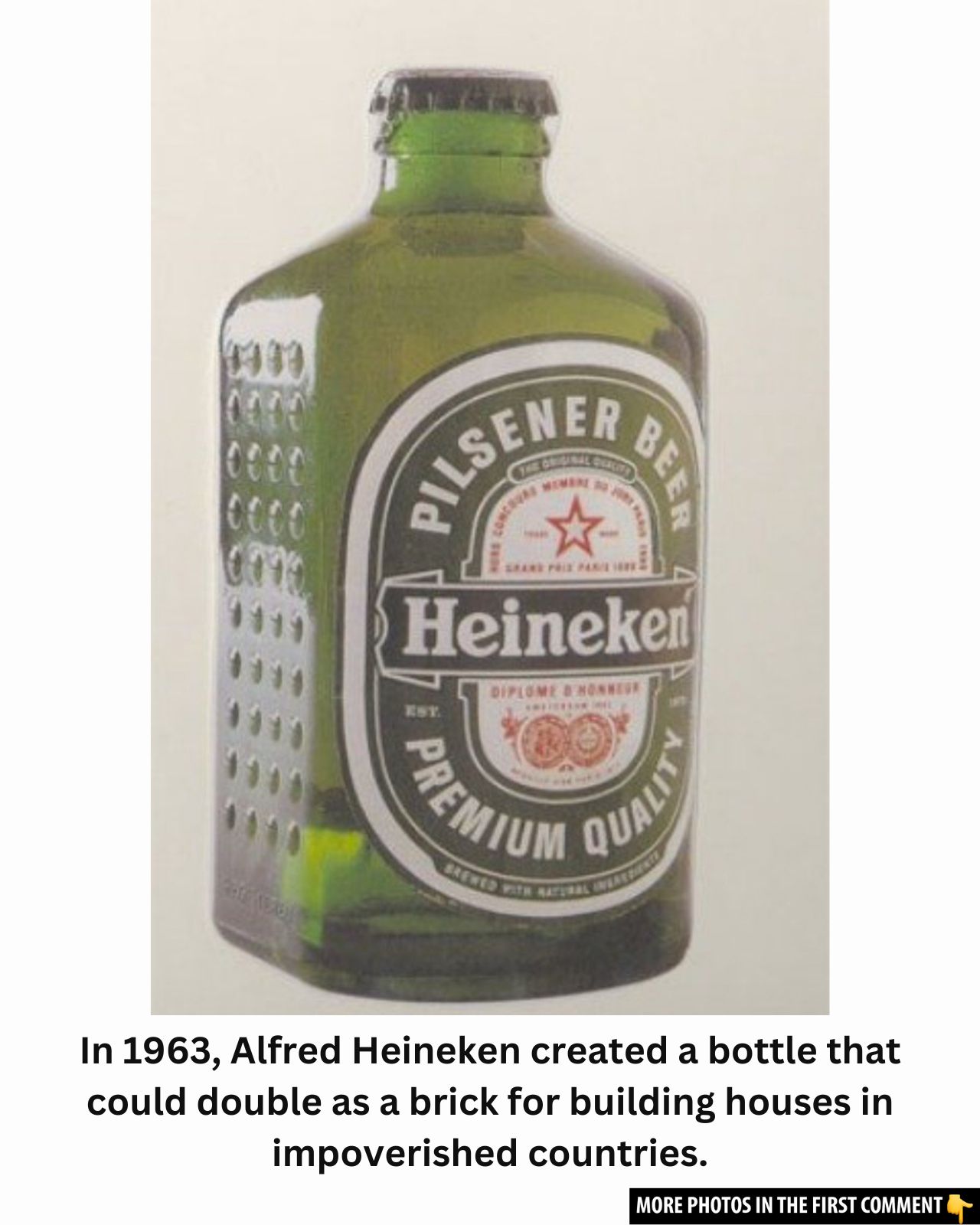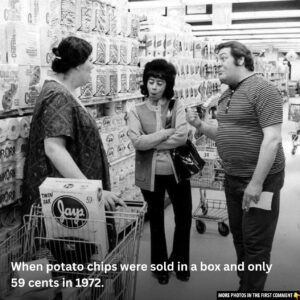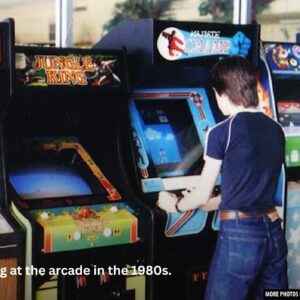In the early 1960s, a seemingly odd but revolutionary idea emerged from the mind of Alfred Heineken, the head of the Heineken beer empire. During his visit to the Dutch Antilles, Heineken encountered two glaring issues that would ignite an ambitious plan. First, the islands were plagued with waste, specifically discarded beer bottles, many of which came from Heineken’s own product. Second, there was a severe lack of infrastructure and affordable building materials for the local population. What started as an environmental and societal concern soon transformed into an attempt to solve both problems with a radical idea: turning beer bottles into building blocks. This is the fascinating story of the Heineken World Bottle (WOBO).
The Birth of WOBO: A Unique Solution
Heineken, known for its commitment to quality and innovation, decided to tackle two issues at once: the waste caused by empty beer bottles and the lack of construction materials in impoverished communities. His solution was both simple and groundbreaking. He envisioned a beer bottle that could also serve as a brick, solving both the waste problem and providing affordable building material for communities in need.
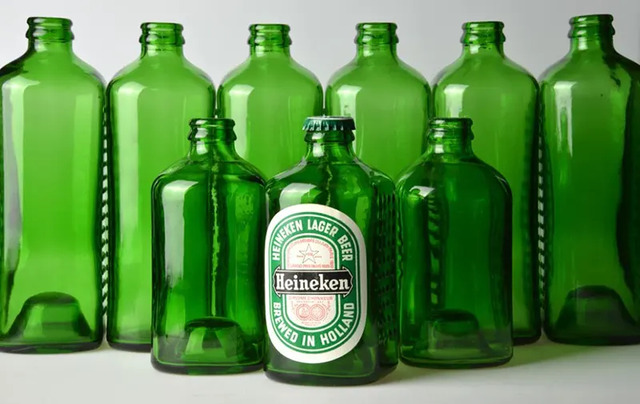
The concept was to create a bottle that could interlock with others to form walls for homes. These bottles, designed to be used as a substitute for traditional building materials, would not only serve as a functional object but also become a part of the community’s infrastructure. By recycling and reusing the very containers used for beer, Heineken aimed to promote sustainability while also helping solve a pressing social issue.

Video
Watch the video Ideas Brewery: The Bottle Brick Innovation to discover how a bottle became a building material for a better future.
Designing the Perfect “Brick”
Creating the WOBO was no easy feat. Over the next three years, Heineken worked with a team of designers to bring his vision to life. The initial designs of the WOBO were simple: bottles that could interlock and stack like traditional bricks, requiring no mortar to hold them in place. The goal was to create a low-cost and eco-friendly building block that could be easily used by anyone, regardless of their resources.
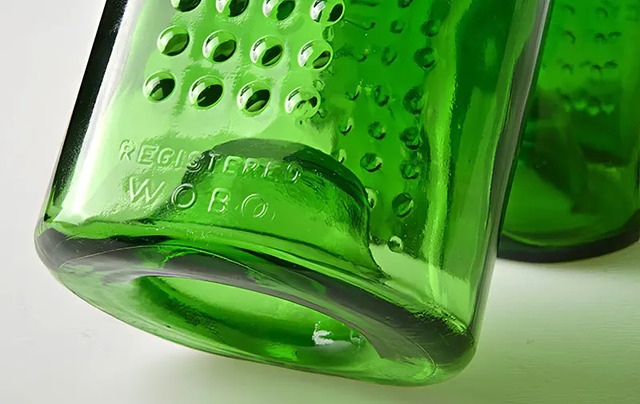
However, as is often the case with ambitious projects, the first few prototypes were not perfect. Some of the designs were too heavy, making the bottles difficult to handle and not practical for large-scale use. Others did not meet Heineken’s high standards of aesthetic appeal. Despite these early setbacks, Heineken’s team continued refining the design to create a product that was not only functional but also visually appealing.
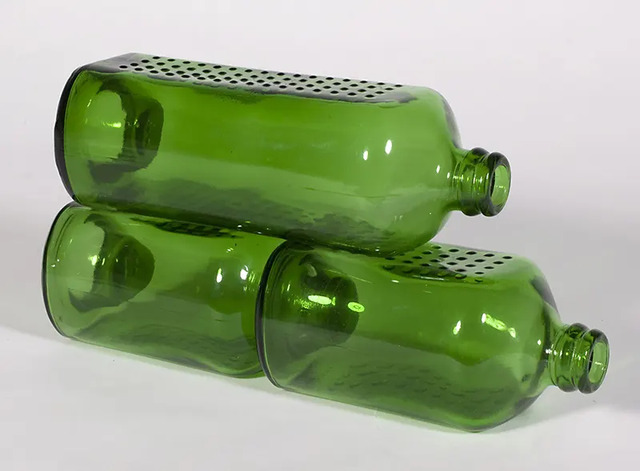
The final version of the WOBO bottle was developed in collaboration with renowned architect John Habraken. The bottle was designed to be stackable and interlocking, with a unique square shape and dimpled sides to help bond with mortar. The neck of the bottle fit perfectly into a recess at the base, ensuring stability and ease of construction. When laid horizontally, the bottles would create walls that could form the foundation of a building. A 10 ft by 10 ft shack would require about 1,000 WOBOs.
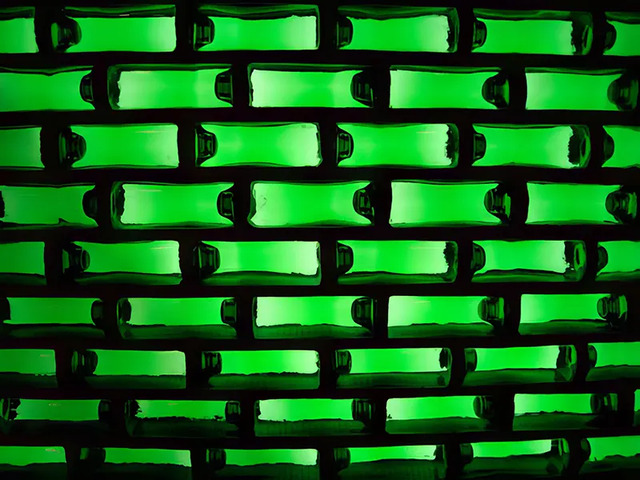
The Collaboration with Architect John Habraken
To ensure that the WOBO would be a practical and efficient solution for building homes, Heineken enlisted the help of John Habraken, an architect known for his work in designing affordable housing. Habraken’s involvement helped refine the bottle design to make it more adaptable and usable in construction. Together, they envisioned a future where these bottles could not only be used to build homes but also be part of a sustainable and circular economy.
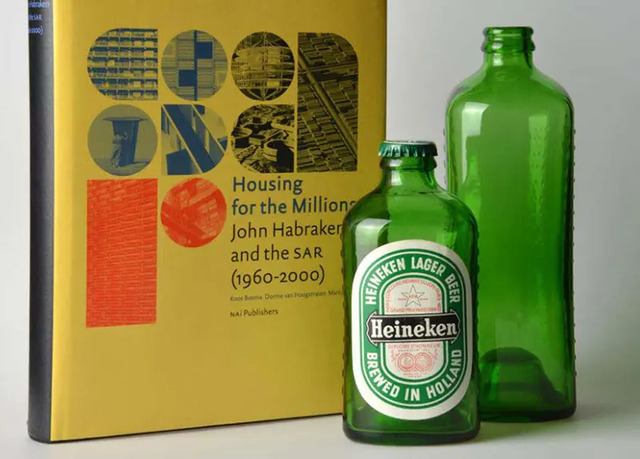
Despite the challenges, their collaboration brought a significant step forward in making the WOBO a viable option for construction. They also envisioned a network of communities that would adopt this revolutionary way of building, using discarded bottles to create homes. The combination of Heineken’s innovative thinking and Habraken’s architectural expertise made the project a remarkable example of cross-industry collaboration.
The Challenges and Controversy
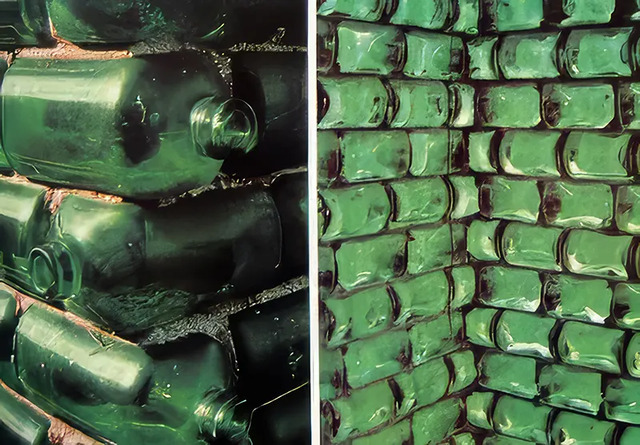
Despite the promising concept, the WOBO faced several challenges. One of the primary obstacles was resistance from within Heineken itself. The company’s marketing division raised concerns about the potential negative impact on Heineken’s image if their product was used in this unconventional way. Additionally, there were fears about the legal implications of using a product in a manner that was not originally intended, especially in low-income communities.
The other major challenge was practical. While the idea of turning beer bottles into building materials was innovative, the production and distribution of these bottles on a large scale proved to be cost-prohibitive. Furthermore, the design, although functional, was not as easy to mass-produce as traditional building materials like bricks or cement blocks.
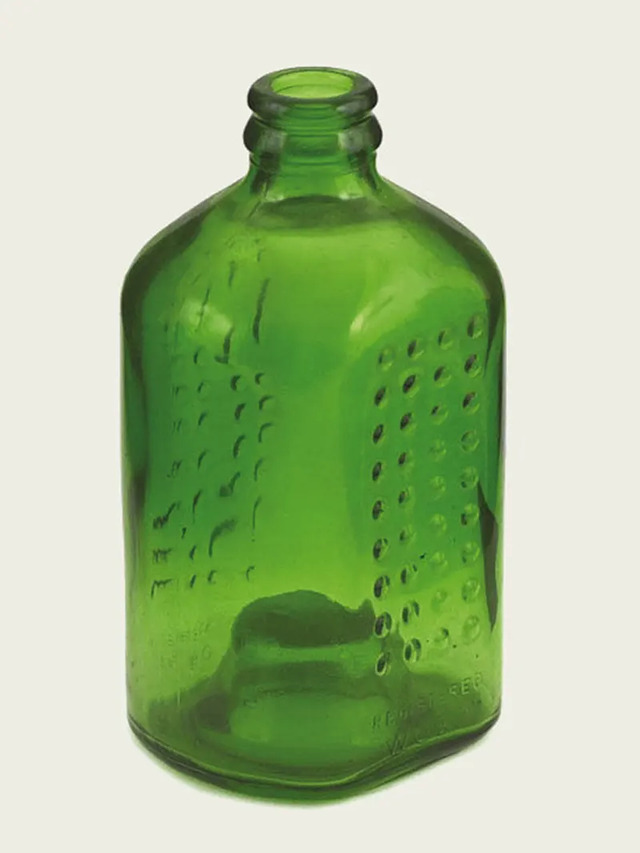
Despite these hurdles, a small number of WOBO structures were built as prototypes. The first of these was a small shed on the Heineken estate in Noordwijk, near Amsterdam. The second was a timber double garage that used WOBO bottles for its siding. While these structures were not perfect, they proved that the concept could work on a small scale, and the potential for larger projects existed.
The Limited Use of WOBO: A Unique Legacy
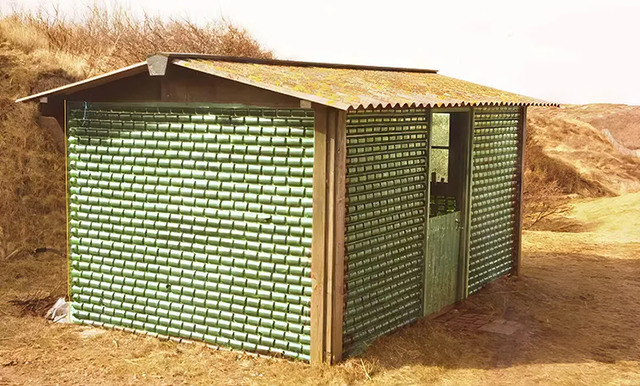
Though the WOBO never became a widespread solution for construction, it left a lasting legacy. Two WOBO structures still stand today, showcasing the enduring spirit of innovation that Heineken brought to the table. Over the years, the concept of using waste materials for construction has evolved, and Heineken’s WOBO remains a pioneering effort in the realm of sustainable architecture.
In the late 1970s, Dutch designer Rinus van den Berg worked with Habraken to create a few more WOBO-inspired designs. These were published in architectural journals and garnered attention for their innovative use of materials. Similarly, in the late 1980s, architect Gerard Baar used a small batch of WOBO bottles to build a garden shed, further cementing the idea’s place in architectural history.
Although the WOBO did not achieve the widespread success that Heineken had hoped for, it laid the groundwork for future sustainable design concepts. The idea of recycling waste to create functional products is one that continues to inspire architects and designers to this day.
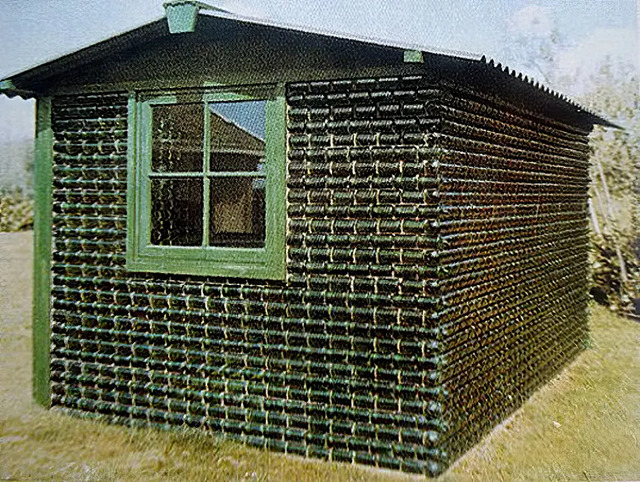
A Modern Take: Heineken Cube and the Continuation of Innovation
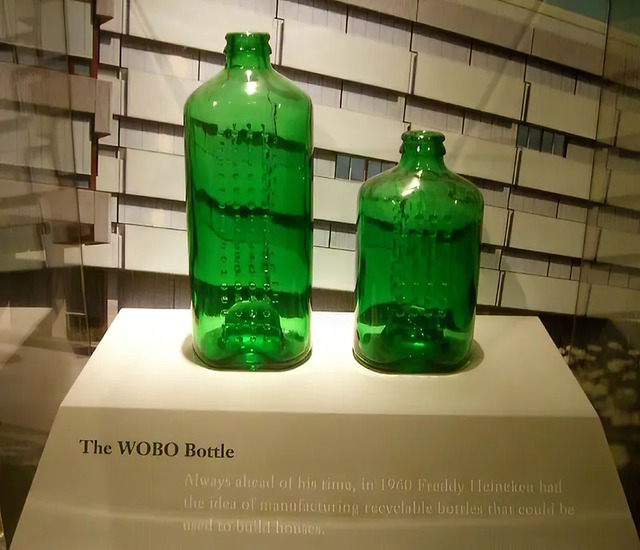
In 2008, a modern design inspired by the original WOBO concept was created by the French design company Petit Romain. The Heineken Cube, as it was called, was stackable and packable, designed to be more travel-friendly than traditional cylindrical bottles. While the Heineken Cube was not intended for construction, it was a nod to the original WOBO concept and demonstrated that Heineken’s legacy of innovation continued to inspire new ideas in product design.
The Heineken Cube and other modern designs reflect a growing interest in sustainability and the use of recyclable materials in product development. Though the original WOBO idea never fully realized its potential, it remains a testament to the innovative spirit that defines Heineken’s legacy in the world of design.
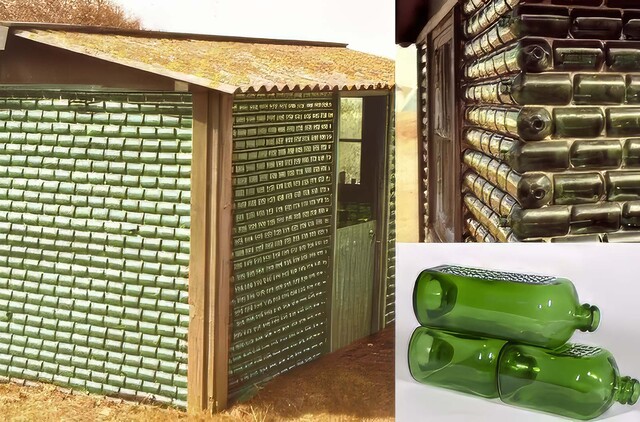
Video
Watch the video Building a Plastic Bottle Hut: A Creative and Colorful Project to see how plastic bottles can transform into an eco-friendly structure.
Reflections and Future Prospects
The story of the Heineken World Bottle is a fascinating example of how a simple idea can spark a revolution in thinking. While the concept did not achieve the widespread success that Heineken hoped for, it helped lay the groundwork for future efforts in sustainable architecture and product design. Heineken’s commitment to innovation and sustainability continues to inspire designers and architects around the world, and the legacy of the WOBO serves as a reminder of the importance of creative thinking in solving global problems.
As the world continues to face challenges related to waste, sustainability, and affordable housing, the WOBO idea remains an important part of the conversation. With the right innovation, ideas like Heineken’s could one day become a cornerstone of sustainable building practices, helping to shape a more sustainable future for all.
